Silverback Gorilla: Facts, Stats, and All You Need To Know
Silverback Gorilla Exclusive Facts By Gorilla Experts
Silverback Gorilla: Facts, Stats, Weight, Height, Strength, Size, and Bite Force. All You Need To Know about the African Silverback Gorilla by Gorilla Safari Experts.
Meet the silverback Gorilla, the living emblem of strength, intelligence, and gentle authority in Africa’s mist-shrouded forests. Standing taller than most adult humans and crowned with a streak of silver across his powerful back, the Silverback Gorilla is the dominant male who leads, protects, and bonds a close-knit troop. He navigates complex social dynamics with surprising tenderness: calming disputes, guiding youngsters, and making decisions that keep the group safe. For travelers, storytellers, and conservation partners, the silverback gorilla offers an unforgettable focal point, a charismatic, camera-ready ambassador whose presence turns a visit into a meaningful encounter with wildness and wonder.
Beyond sight and drama, the silverback is essential to maintaining ecological balance and supporting the local communities that care for its environment. By defending him, we are preserving large areas of forest that support biodiversity, store carbon, and create jobs for ecotourists. Healthy forests, empowered people, and compelling stories that inspire both funders and tourists are the observable results of investing in silverback gorilla conservation through community-led patrols, ethical trekking, and assistance for anti-poaching and habitat-restoration initiatives. To put it briefly, the silverback gorilla is more than just a beautiful animal; he is a symbol of strategic conservation whose survival connects cultural heritage, environmental health, and sustainable economic opportunity.
All You Need To Know About The Silverback Gorilla
Silverback Gorilla Facts
A “silverback” is an adult male gorilla identified by the silver-grey saddle of hair across his back. He’s the dominant leader and protector of a troop, responsible for group cohesion, mating access, and conflict resolution. Silverbacks belong to the gorilla species (western and eastern lineages) and typically achieve silver hair and leadership after reaching full maturity around 11–13 years. They are primarily herbivorous, intelligent, and capable of complex social behaviors, grooming, play, and deliberate displays to deter rivals. Lifespan in the wild is roughly 35–40 years; in captivity, some live longer with veterinary care.
Silverback Gorilla Stats
Key life-history stats: gestation is about 8.5 months; infants nurse for roughly three to four years and reach sexual maturity in the early teens. Troops (also called bands) usually contain one mature silverback plus several adult females and offspring; groups commonly range from 5 to 30 animals but can be smaller or larger. Home-range size varies by habitat and food availability. Males become full silverbacks around a decade of age and may lead a troop for many years. Conservation status differs by subspecies, but all gorillas are vulnerable to being critically endangered due to habitat loss, poaching, and disease.
Silverback Gorilla Weight
Adult silverback weights vary by subspecies and individual condition. Mountain and western lowland adult males commonly range from about 140 to 200 kg (310–440 lb). Some eastern lowland (Grauer’s) males can exceed 200 kg (440+ lb) when exceptionally large. Females are substantially lighter, often 70–100 kg. Seasonal food availability and habitat quality affect body mass: captive males often weigh more because of steady food and less activity. Weight matters for dominance and reproductive success, but muscle mass and condition, not just raw kilograms, determine a silverback’s ability to defend, forage, and lead.
Silverback Gorilla Height
Gorillas are not often measured standing upright, but a standing adult silverback typically reaches about 1.6–1.8 meters (5′3″–5′11″) tall when fully erect; on all fours, their shoulder height is lower, often near 1.2–1.3 meters. Body length from head to rump for large males commonly falls between 1.25 and 1.8 meters. Their limbs, especially the arms, are long relative to the torso, enabling knuckle-walking, climbing, and powerful reaching. Height varies by subspecies, genetics, and nutrition; western lowland gorillas tend to be slightly shorter and more compact than some eastern males, which often look bulkier.
Silverback Gorilla Strength
Silverbacks are massively strong animals: common popular estimates put them roughly 4 to 10 times stronger than an average adult human, depending on the task. Their extraordinary power comes from dense muscle mass, long levered arms, and tendon attachments optimized for pulling and grappling. They can bend thick branches, rip apart vegetation and bamboo, topple small trees while foraging, and physically restrain rivals or predators. Strength shows in displays, chest-beating, charging, and throwing, as well as everyday behaviors like carrying large bundles of food or infants. Exact multipliers are estimates; strength varies with age, motivation, and measured action.
Silverback Gorilla Size
“Size” covers mass, proportions, and reach: silverbacks combine a broad, barrel-shaped chest, heavy shoulders, and long arms. Arm span frequently exceeds standing height, commonly reaching around 2.4–2.6 meters (7.9–8.5 ft) in large males, giving them powerful reach for knuckle-walking and arboreal movement. Hands and feet are large and dexterous: a palm can comfortably grasp branches and manipulate food. Skull and jaw are robust, accommodating strong chewing muscles. When you view a silverback gorilla at close range, you notice compact, dense musculature rather than lanky height, built for power, endurance, and stability in rugged forest terrain.
Silverback Gorilla Bite Force
Gorilla bite force is very high compared with humans, though exact numbers are modelled rather than measured directly in the wild. Biomechanical estimates commonly place gorilla bite force in the range of about 1,000–1,300 pounds per square inch (psi) or roughly 4,400–5,800 newtons, depending on the source and method. Their large molars and sagittal crest support massive temporalis and masseter muscles used for grinding fibrous plant material, stems, roots, and tough fruits, not for predation. Bite force is primarily an adaptation for diet and processing tough vegetation, though the strong jaw also contributes to threat displays and intraspecific competition.
Where To Find Silverback Gorillas in Africa
If you want to meet a silverback gorilla in the wild, go where the mountain gorillas live: Rwanda’s Volcanoes National Park and Uganda’s Bwindi Impenetrable Forest (plus Uganda’s Mgahinga) are the headline destinations, reliable, well-managed, and with the highest chances of a close, guided encounter. These parks are the most visited for mountain gorilla trekking and offer habituated groups, experienced guides, and tourism infrastructure that make the experience powerful and safe.
Silverback Gorilla Gallery
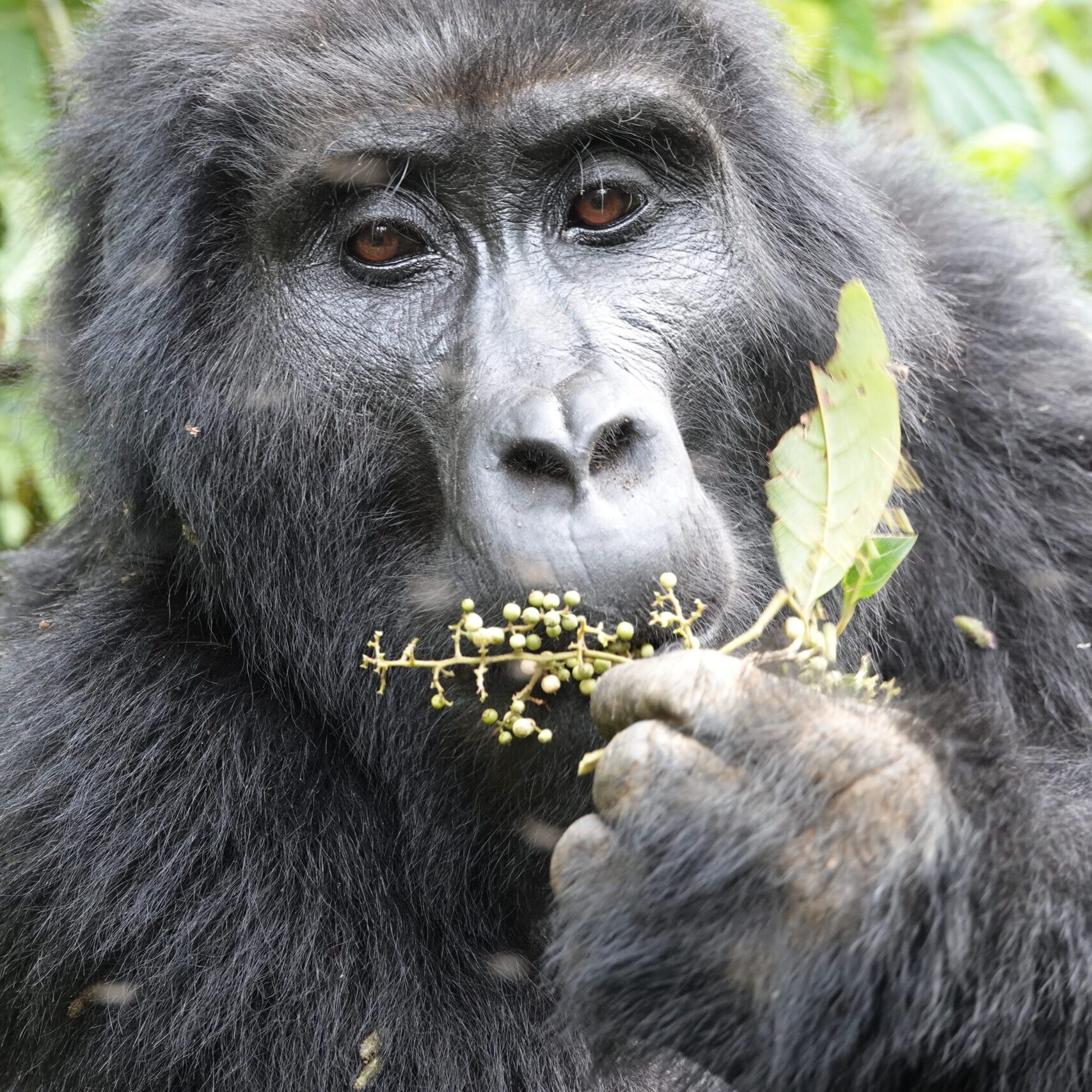
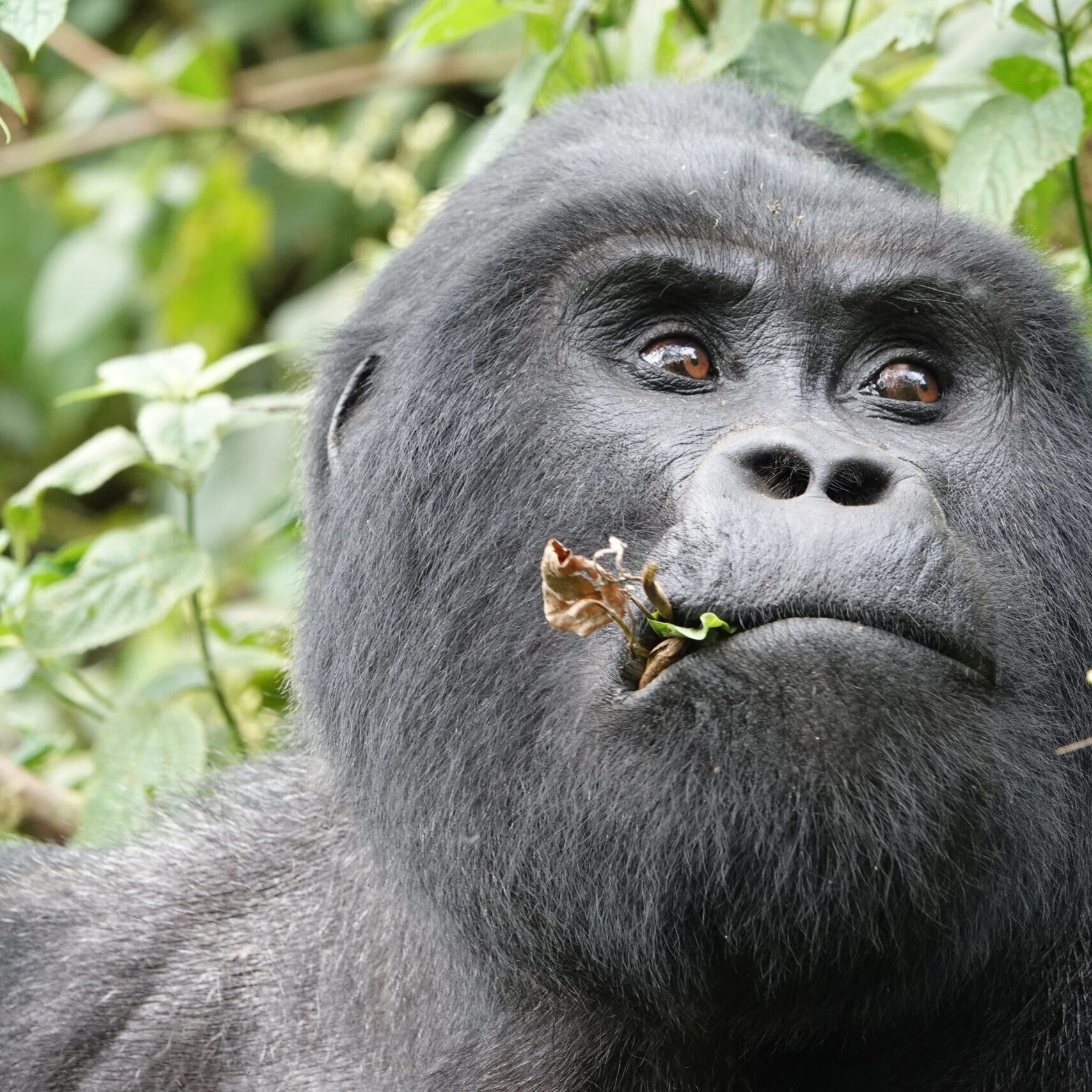
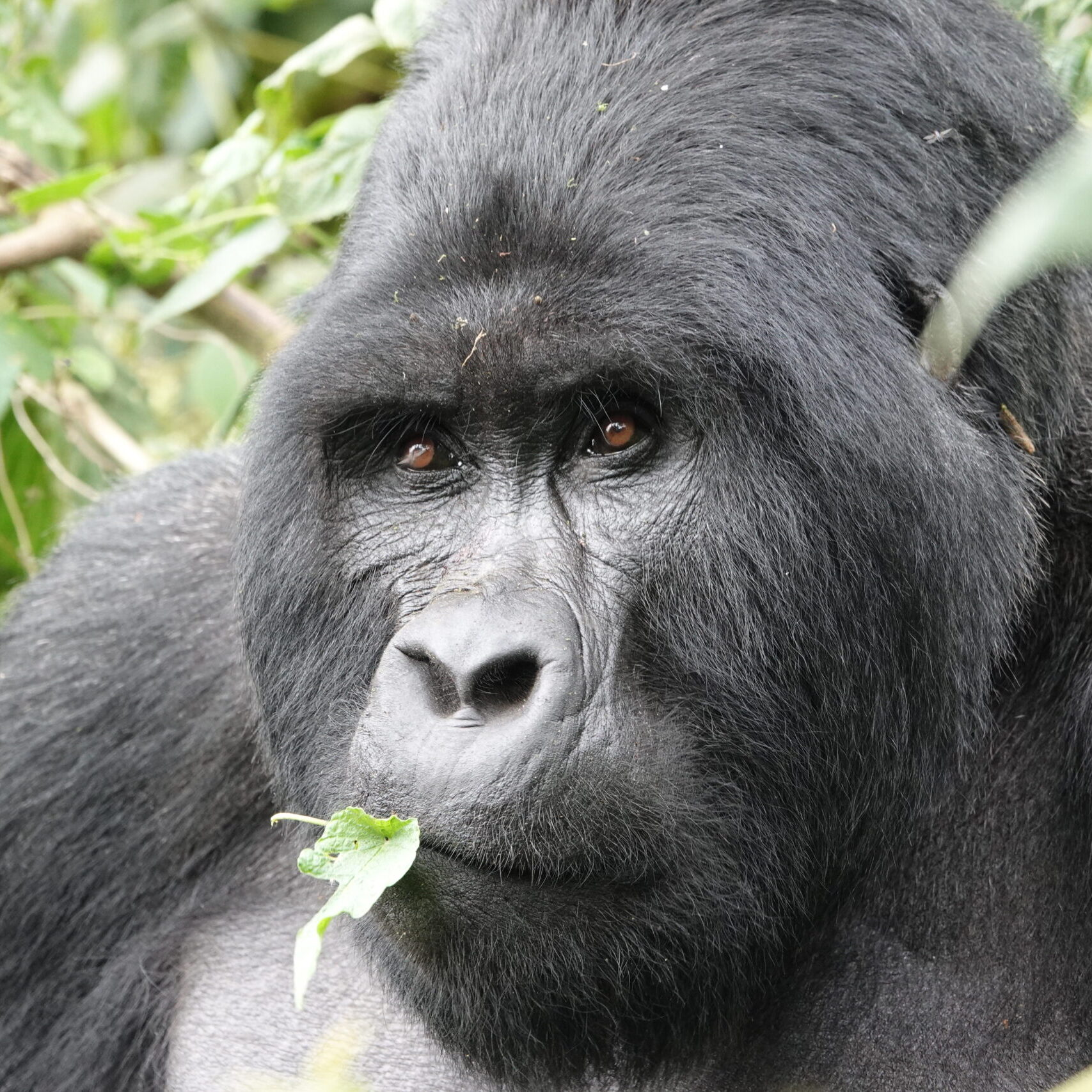
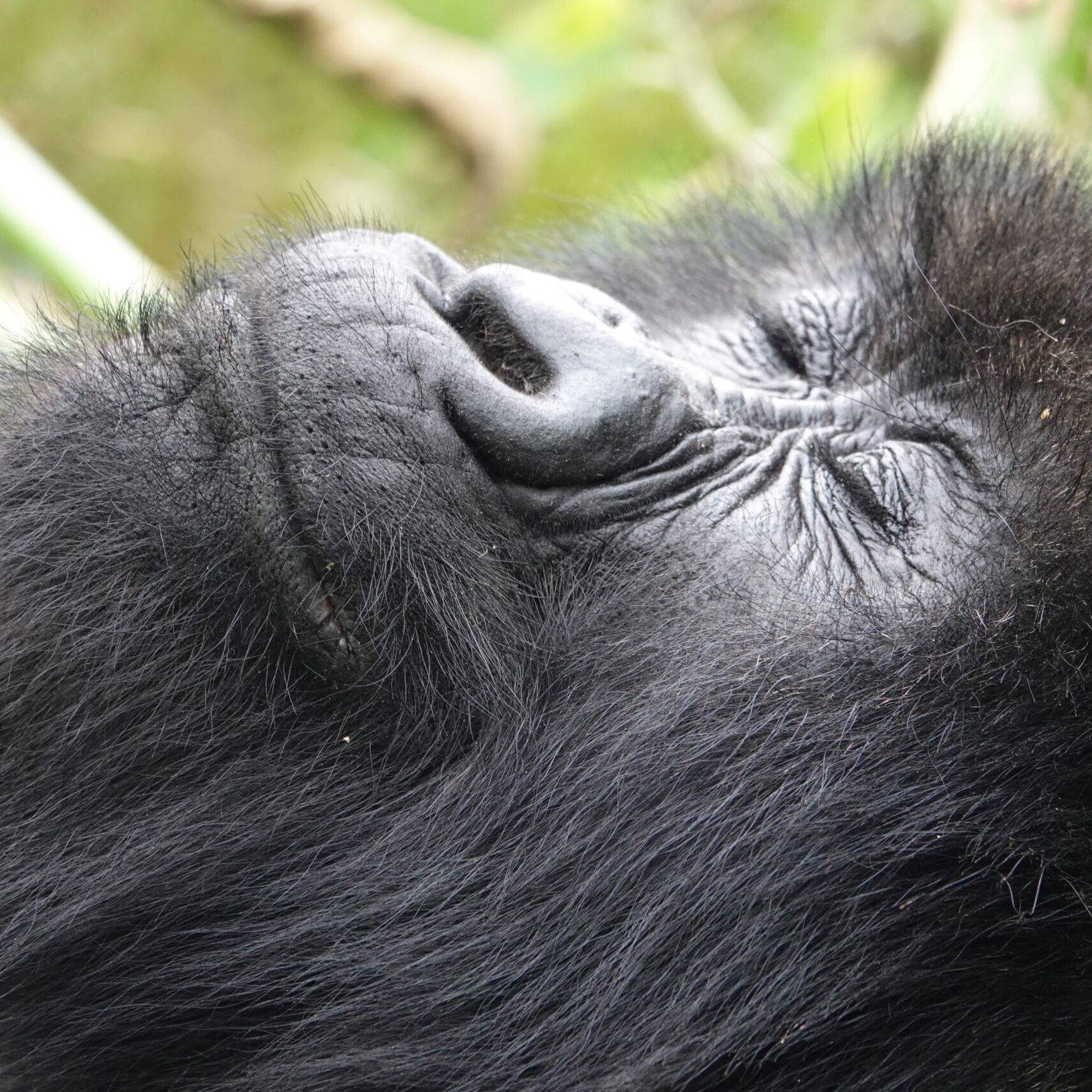
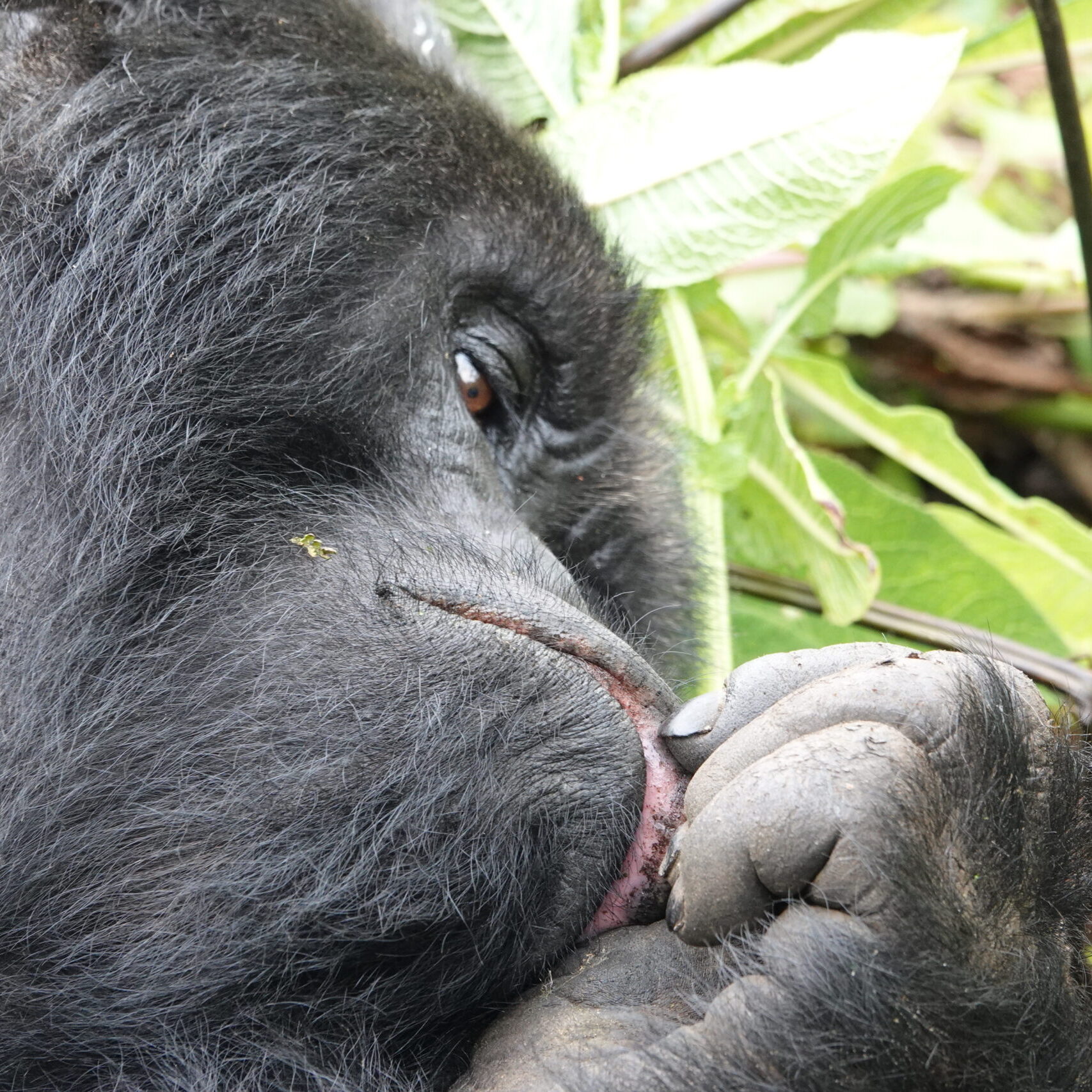
Let’s Help You Plan Your Silverback Gorilla Safari Tours.
Embark on the ultimate Affordable Luxury Gorilla Trekking Safaris with Africa Gorilla Trek in Uganda, Rwanda, and Congo, where exclusivity meets adventure in the heart of Africa’s pristine rainforests. Our bespoke gorilla trekking itineraries provide intimate encounters with majestic mountain gorillas, guided by expert trackers in world-renowned parks such as Bwindi Impenetrable Forest, Volcanoes National Park, and Virunga National Park. Indulge in luxurious eco-lodges, personalized services, and seamless private transfers, ensuring a stress-free and unforgettable journey. Whether you seek short gorilla treks or Long, extended safaris, we craft tailor-made experiences that blend wildlife, culture, and relaxation. Book your exclusive Private Luxury African Safari today and discover the untamed beauty of Africa in unparalleled comfort!